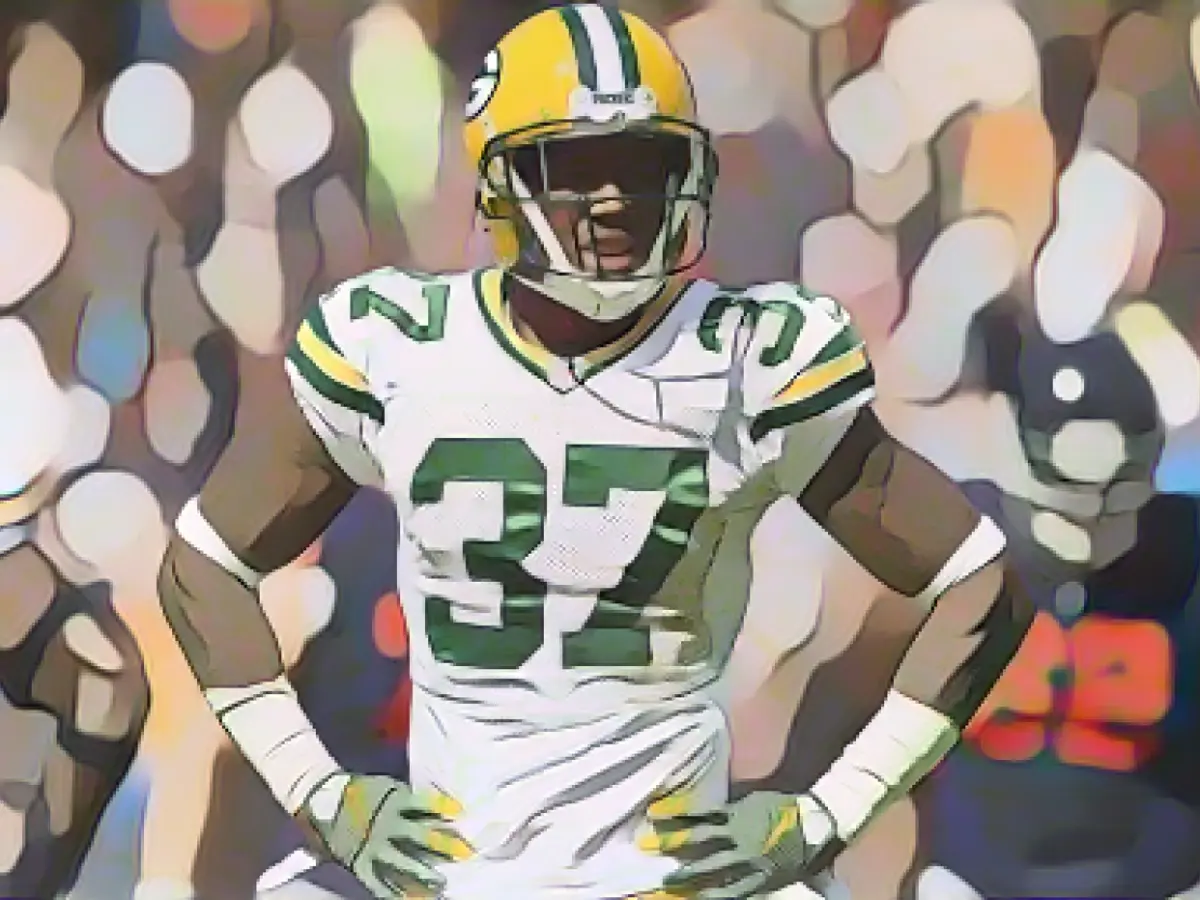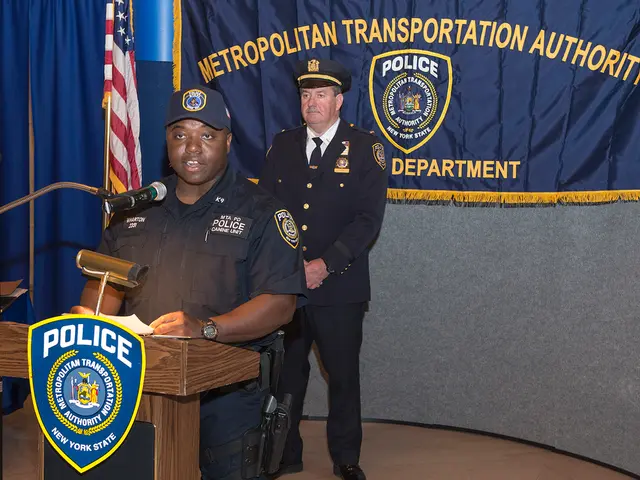NFL Champion Sam Shields Regrets Playing, Says Head Was 'Shattered' from Concussion
Former Green Bay Packers cornerback Sam Shields has some regrets about his time in the NFL, revealing in an open interview that his head was "completely shattered" from a concussion he suffered during his career.
Shields, now 34, played seven seasons for the Packers and missed nearly 14 months due to a concussion before returning for one season with the Los Angeles Rams in 2018 before retiring. In an interview with Dan Le Batard on the "South Beach Sessions" podcast, Shields described how he felt as if his head was "pressed together" from the concussion, and he still struggles with headaches, loss of appetite, and sleep problems.
"As soon as you're in the NFL, the responsibility is 100% on you," Shields said. "You take risks because you have to take care of your family."
Shields admitted that he often felt forgotten by his family and friends after his football career ended. "I have a friend," he said, "and I played football with ten of them. Now I know that's my friend. I can say, 'You're my friend.' With most of my family, I don't even talk anymore."
Shields penned a Players' Tribune article in 2018 detailing some of the symptoms he experienced and attributed to his concussion. One particularly bad night in January 2017, he wrote, "I couldn't sleep. It felt like my brain was seizing up or trying to break through my skull or something."
Shields said he was almost unable to play for the Packers for two years due to his concussion. He also questioned the support he received from the organization during his recovery process.
"They don't really put in much effort to check on you," he said. "They just want to know: 'Will Sam play this week? Won't he? Oh, he needs to go.'
The Packers did not immediately respond to CNN's request for comment.
Shields said he sought help from UCLA doctors after questioning why his head was "completely numb." He began to recover and "conquer" his concussions only after taking a break and seeking help on his own.

Shields also placed blame on his former agent, Drew Rosenhaus, for his concussions and his eventual release.
"It's always: 'Sam, you can do it. Money.' I don't care if I don't have the money," Shields said. "I just wanted my head free. My friends aren't together. ...I felt like he didn't care about my health." Shields said he had not heard from Rosenhaus in the two or three years he was not in the league.
Rosenhaus did not immediately respond to CNN's request for comment.
When asked by Le Batard if he would return to the NFL if given the opportunity, Shields was unequivocal.
"No," he said. "I'd go to school and try to improve my family's situation. I'd try to learn how to build a house."
The NFL has revised its concussion protocols this season in response to the injury suffered by Miami Dolphins quarterback Tua Tagovailoa on September 25. Stringent new protocols have been put in place for players who show signs of ataxia, a neurological condition that can indicate a concussion.
Additional Insights
The NFL has implemented several updated concussion protocols to address concerns about player safety, particularly following incidents like Sam Shields' repeated concussions and Tua Tagovailoa's injury. Here are the key updates:
- Independent Neurotrauma Physicians: Each NFL team is required to have an independent neurotrauma physician on the sidelines to identify symptoms of concussions and decide whether players are fit to participate in the game[1].
- Concussion Protocol Initiation: Anyone can initiate the concussion protocol, including other players, referees, or a coach. This ensures that any potential concussion is promptly evaluated and addressed[1].
- Regular Review and Updates: The NFL employs a committee of independent physicians and advisors from the players' association to review and update the concussion protocol every season. This ensures that players receive the most medically up-to-date care[1].
- Enhanced Screening: The NFL has enhanced its screening procedures to better identify and manage concussions. This includes more stringent criteria for removing players from games and more comprehensive post-concussion evaluations[1].
- Player Safety Measures: The Guardian Cap, while not universally mandated, is a notable concussion safety measure that has been discussed for its potential to reduce the impact of hits on players' heads. However, its implementation is not yet widespread[1].
These updates reflect the NFL's ongoing efforts to improve player safety and mitigate the risk of long-term brain injuries. The protocols are designed to be proactive and responsive to emerging medical research and player safety concerns.
References:
[1] "NFL's revised concussion protocols: what patients need to know" ()








